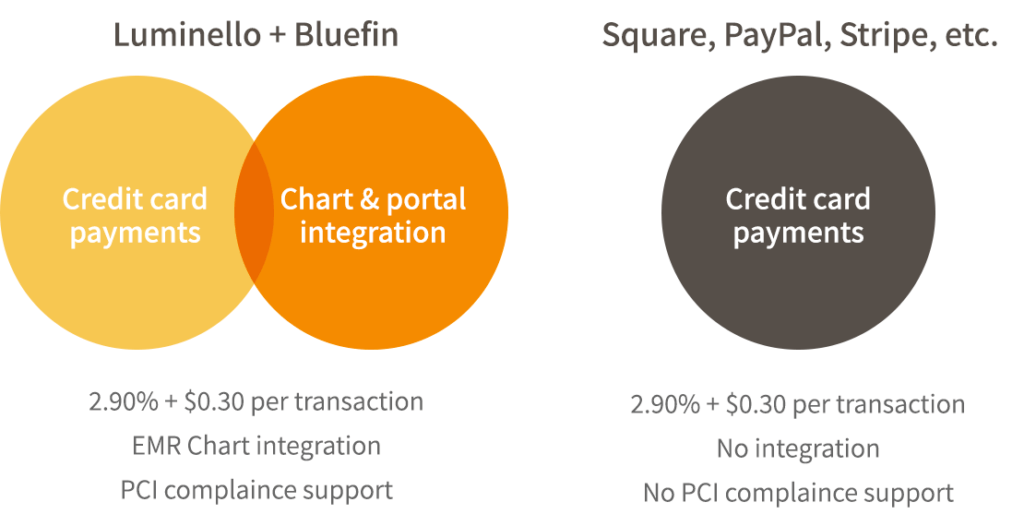Getting started in private practice can be an exciting yet daunting venture for mental health practitioners. While most people go into it with a solid clinical foundation, tackling the business and finance side of a practice is mostly uncharted territory. One of the key components of developing a mental health private practice is figuring out how to build a sustainable, long-term business. Like many other businesses, private practices rely on a consistent flow of “customers”, or patients in this case. While many people use websites to bring in patients, face-to-face networking remains a critical part of developing and maintaining a sustainable business. Not only does it help to build a consistent and reciprocal referral base, but in a business that can otherwise be isolating, it provides opportunities to connect, learn, and grow. What follows are practical tips to help navigate the networking process.
1) Accept that networking is a must
When I first began private practice, I hoped that creating a website would be enough to generate a consistent flow of referrals. However, I quickly learned that while a website or being active in an online network such as LinkedIn is extremely valuable to business, face-to-face networking is critical for establishing long-term stability in private practice.
2) Avoid selling yourself, but also don’t sell yourself short
When networking, there is a delicate balance between advocating for yourself and becoming a salesperson. Think of networking as less about trying to get something from the other person and more about laying the foundation for a long-term relationship. At the end of the day, people don’t like to feel used. The more you try to sell yourself, the less inclined they are to want to refer to you. While you want to avoid becoming too much of a salesperson, don’t be afraid to speak assertively about your expertise and passion for what you do. It is important for people to know that they are referring to someone who is professional and reliable.
3) Generate a reciprocal relationship
Make it a point to offer something to the other person in addition to asking for something. This could seem challenging, especially if people are in their early career, as you might think you have little to offer someone who has been in the field longer than you. However, you do! First, you can offer them referrals. Even if you are just starting in private practice, it is important to have a list of people to refer to who have different areas of expertise. Other things you can offer include: a psychoeducational pamphlet on your area of expertise that they can keep in their waiting room, a brown bag lunch or a talk that you can give to their clinic, or connecting them with other people.
4) Set networking goals
Try to get in the habit of scheduling regular meetings with people. If you are just getting started in private practice, weekly meetings could help establish a network and integrate into the therapist and psychiatrist community. Once you have established stable connections, it is important to maintain them. Schedule follow up meetings and continue to set goals of meeting with people on a regular basis so that you can stay connected and preserve the relationships you worked so hard to build.
5) Follow up after receiving referrals
Make sure to send thank you emails to the person who sent you a referral. This helps to maintain the connection and also lets the person know that you are genuinely grateful for their support.
6) Connect with a range of professionals
Networking with people from different areas of expertise or from allied professional fields contributes to a robust network. Forming these complementary relationships is useful not only for reciprocal referral exchanges but also for enhancing your list of people to refer to. In private practice, it is helpful to have a diverse range of people you can refer to as it is likely you will get referrals that are outside your scope of expertise. In addition, consulting with people with varying perspectives is a great way to enhance professional growth and development.
7) Be yourself
For many people, the idea of networking can be anxiety-provoking and can make them feel awkward or uncomfortable. The best thing that you can do to manage this anxiety is to stay true to who you are. Networking is not about needing to be the best or perfect in order to get something. At its core, it is simply about connecting with another human, and the best way to do this is to be genuine. Remind yourself that everyone has been in your position and because of that, people are usually happy to take the time to meet and able to relate to what you are going through.


